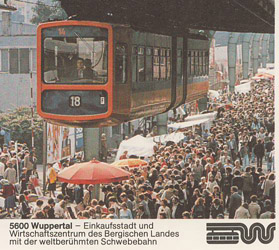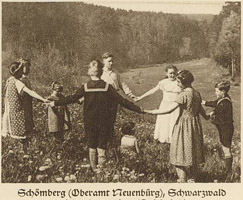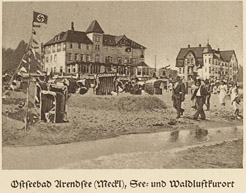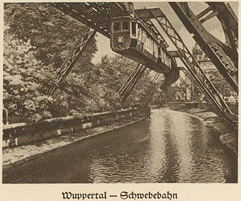Why collect view cards?
Stamps are mirroring their times. They transport the contemporary taste as well as the zeitgeist and also, of course, political developments. The same is true for postal stationery, even more when they are used and the writers' texts highlight even more the times.
Very special are view cards as the space that is availbale for the view is much larger then on stamps. The view and the legend reflect the time when they were issued, especially when these time were politically turbulent, as for example for the late years of the German Reich.
The zeitgeist sits in the legends. On Austrian cards, for instance, the city of Imst in 1951 proudly promoted being "a centre of car traffic", while others – only 20 years later – emphasized to be "situated offside the main roads". Also, even on cards of the sixties it was still noted that hotels in the advertised places were equipped with "central heating" or "modern water supply". "Wellwater containing radium" and "air rich in ozone" were promoted, what would today more likely keep tourists away than attract them – no matter whether justified or not.
Looking at the German Reich view cards, we see, that around 200 of the depicted 750 regions or local municipalities are not situated any more on German territory today. On the maps one sees the East German cities – they are not Germany any more –, one sees the regions and cities that were annexed after 1938 and, after 1945, one sees almost only cities of the Federal Republic of Germany, as the GDR only issued a handful of cards.
There are the legends, but predominantly the views speak to you. They show how evrything was once upon a time not that far away.
|
The first German view card showing an airplane, was issued in 1930. The development of airplanes can be followed on the cards For a free download of a little PDF on air planes, |
|
|
The first German view card showing a car, was issued in 1930. For a free download of a little PDF on cars, |
|
|
Taking into account the importance of railways, locomotives are For a free download of a little PDF on railways, |
|
|
Trams were widely represented in the cities' street scenes up to the seventies. The development can be followed looking on dozens of view cards. For a free download of a little PDF on trams, |
The Wuppertal Schwebebahn is honoured ...
|
The Schwebebahn with a distance of 50 years.
|
|
|
|
 |
and the love for steam locomotives overcomes borders:
|
The love for steam locomotives when they had mostly disappeared; Germany and Austria.
|
|
 |
 |
However, other developments – as for instance social changes – are reflected on view cards.
|
Children and family life, playing at the beach
|
||
|
|
 |
 |
 |
 |
 |
|
The image of girls and women and of fashion |
||
 |
|
 |
 |
 |
|
View cards with teir variety of topics enrich every collection.
Many of the view cards can still be purchased at very low prices, especially thos of the Federal Repiublic of Germany which partly sell at 20% of their face value. Beginning to collect view cards is easy and it is rewarding!





